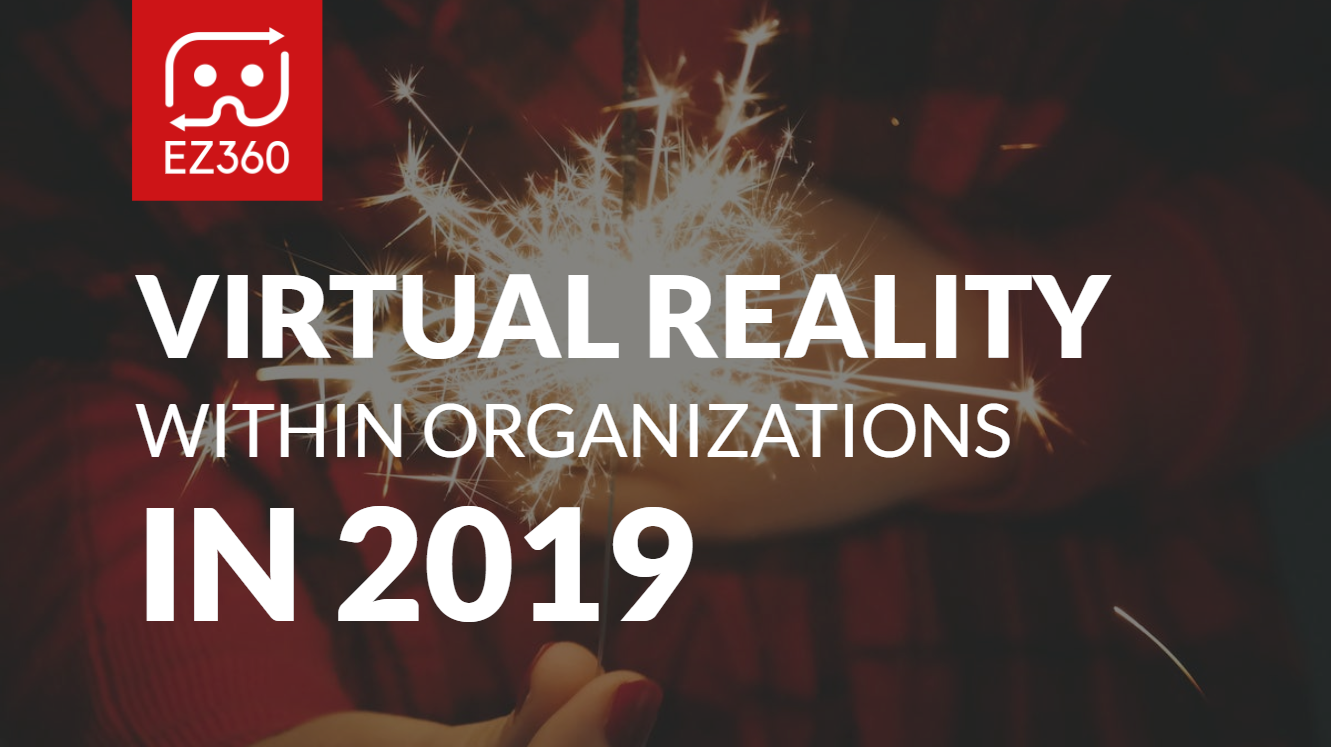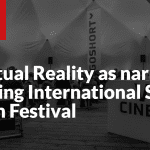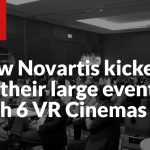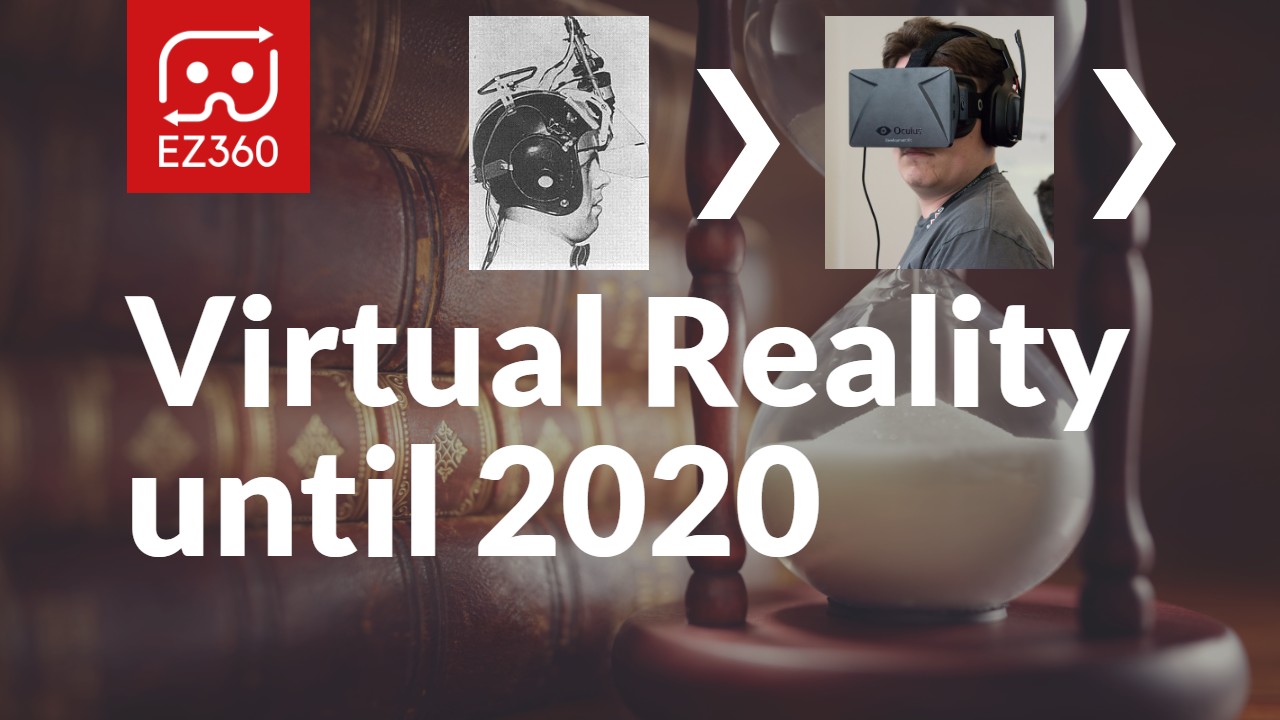Looking back at VR in 2019: Content is booming, implementation is chaos
In the early days, doing something with Virtual Reality was a big step for many organizations. Having something like a VR rollercoaster experience to attract people into an exhibition booth was something that happened a lot (and it worked). Now, time has changed, virtual reality has further developed and it is becoming more and more important to have high quality and unique content. The easiest and affordable way, is to realize a custom 360-degree video that tells the story that the organization wants to tell. There are a lot of content creators out there that can help organizations in creating a unique and high-quality VR experience. In 2019, a lot of organizations looked into this and managed to successfully create their first unique 360-degree VR experiences. Unfortunately, what many organizations did not do is think through the implementation of their VR content in practice.
Content is booming
We noticed that most content created by organizations in 2019 was related to virtual tours, training and education, marketing and research.
Virtual tour (company 360-degree promo)
A common type of 360-degree video that we saw being used by businesses is the virtual tour. Often, organizations do already have a regular promotional video of their business and now they also have one in 360 degrees. This way they can give their customers, prospects, employees or anybody else a complete virtual look inside the company. Especially when it is normally not easy to invite people over to take a look inside the organization it can be of great added value to have a 360-degree VR tour of the location. An example would be a location with strict security procedures, such as a factory, airport or datacentre.
Training and education

Another type of 360-degree video content that we saw being used a lot with VR headsets in 2019 has to do with training or education. A lot of organizations saw the opportunity of Virtual Reality for training or educating their personnel. With Virtual Reality it becomes possible to simulate real-life situations to train or educate people about a certain topic. An example of a company that implemented VR in their organization for training purposes is Walmart. They started using VR for employee training and development at Walmart Academies around the United States. The VR training turned out to be a big success and the company now has 17,000 Oculus VR headsets distributed to all Walmart stores in the U.S.
Marketing
The use of 360-degree VR content is also very popular within the field of marketing. Virtual reality is often used to tell a story about a product, for example to show where the product is coming from, or how it is being made. Virtual Reality can be the perfect media to tell this story, not only because it is innovative and new, but also because 360-degree content is more likely to be remembered by the viewers.
Research
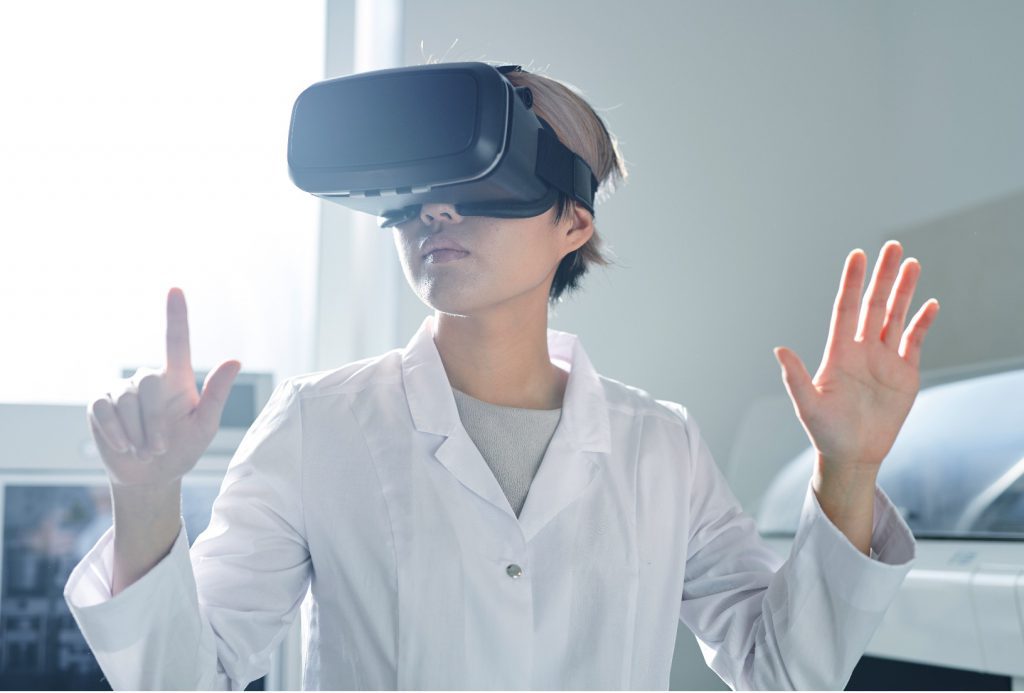
In 2019, more and more universities and research institutes invested in Virtual Reality. For some research, it can be quite difficult to realize a realistic test environment where the participant is not distracted by the research setting. It should not be the case that the results are affected by the researcher or the research instruments that were needed to observe the participant. This is one of the cases where Virtual Reality can come in. By using Virtual Reality you can easily put the participant in a totally different environment or situation with just a VR headset. This way, the participant will not notice any observers, measuring devices or other research instruments being used. In order to realize this, many universities and knowledge institutes have developed 360-degree content.
Implementation is chaos
We see a strong increase in the use of Virtual Reality as an added value to business. Many organizations decided to invest in expanding their fleet of VR headsets to be used at exhibitions, events and internally. Instead of having just one VR headset laying around at some department, more and more organizations now have several of them. The increase of the number of VR headsets per organization and more intensive (useful) use of these headsets has resulted into more chaos within many organizations. We have heard a lot of people complaining about all the hassle that comes with applying VR on a larger scale within business. It already starts when the VR headsets arrive: somebody from the company needs to unbox all of them and walk through the initial setup. After this, somebody needs to make sure that the headsets are well maintained (and cleaned once in a while). However, the biggest flaw when it comes to applying VR within organizations has to do with content distribution, management and playback.
Distribution & management
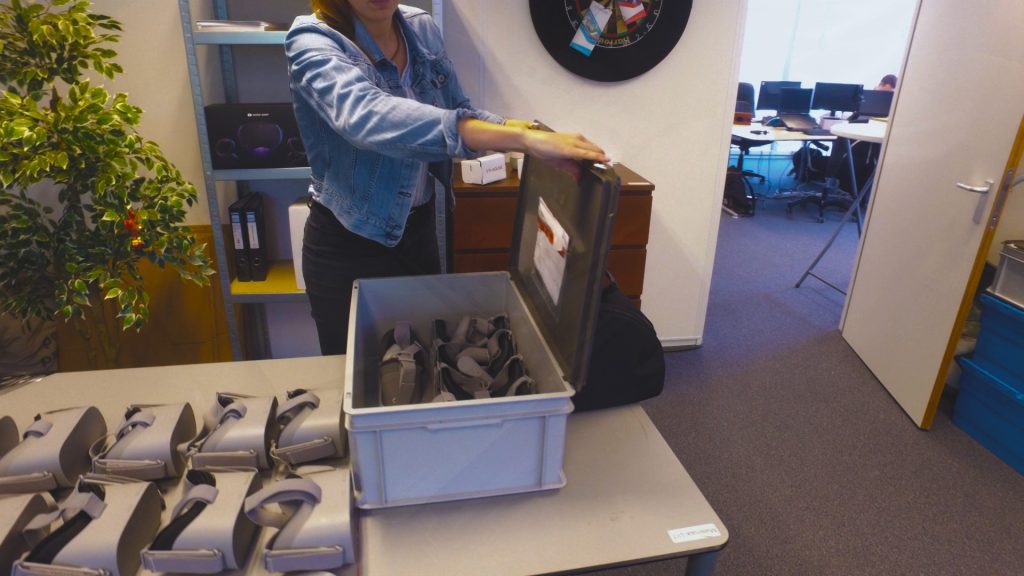
As an organization, you may have invested a lot of time and money in one or more 360-degree videos. Ideally, this content will be used by all the offices of the organizations around the world, whether it is for marketing, training or maybe sales. The problem is that it is very difficult to distribute all the content to all the VR headsets that might be all over the place within the organization. What many organizations did was to have all the VR headsets at one place in the beginning and load all the videos on them, before the headsets were distribution over different departments or offices. This is however not a solution if later on an extra piece of content needs to be added or has been updated. It is a lot of hassle if you need to explain to all your colleagues how they should remove the content from the device and get the new content running on it. Asking all the departments or offices to send back the device to a central point for distributing the new content on there is also not a very sustainable solution. So what happened a lot in 2019 is that these headsets were used one or two times and ended up in some closet after this. As a solution, in 2020, these organizations should make use of a proper software solution to remotely distribute and manage their content.
Playback
Another important cause of a lack of proper implementation of VR has to do with the way the content is being played. We have seen a lot of cases where a wrong application was being used for the playback of the content on VR headsets. As a result, people that put on the VR headset were confused about how to start the VR experience and sometimes even never managed to see the content at all. Because of this, both the viewers and the people in charge of the VR headset have a negative association with the VR experience as a whole, which is a waste of the content! So in 2020, these organizations should make use of a dedicated player to smoothly organize the playback of the content. Some organizations have the money and time to develop a custom application for this purpose, but also for those who don’t there are options out there that could be a perfect solution!
Well-organized implementation of VR in 2020

Hopefully, all the organizations that have created beautiful content in 2019 will realize a well-organized implementation of VR in 2020. There are already solutions available that can help these organizations with the successful implementation of VR in practice by providing a dedicated VR player. These solutions have useful features built-in, such as auto-play, VR Sync, Looping, Playlists, Device groups, etc. Our solution, EZ360, has all these and more functionalities built-in the software. Also, Oculus basically announced that they will introduce a more business-oriented solution for organizations to make use of. Hopefully this will make it easier for organizations to make the Oculus headsets behave according to their needs and not having to fight against built-in features made for consumers. Another thing that organizations could consider in 2020 is to look at alternative headsets than the most popular one: Oculus Go. For example, organizations could consider looking into Pico Interactive, as this company focusses on the business market with their VR headsets. EZ360 will also provide support the Pico headsets soon. Finally, another type of VR content that we didn’t touch upon in this post yet is an interactive type of VR content (a custom .apk build). Until now, it is quite difficult to implement this type of content within an organization on a large scale, due to management, distribution and playback limitations. As far as we know, there is no solution available yet that allows you to easily distribute an .apk file across multiple VR headsets remotely. And also “kiosk-like” solutions to allow the user to select which application (custom .apk) to play aren’t out there yet. Hopefully, this becomes available in 2020 for the organizations with custom .apk files to make use of. As EZ360, we are also working on this and hope to roll out a solution that can do this in 2020.
We wish all organizations working with VR the best of luck for the next year. If you’re interested in staying tuned what EZ360 rolls out during the year, make sure to subscribe to our newsletter below or follow us on Youtube, LinkedIn or Facebook!


